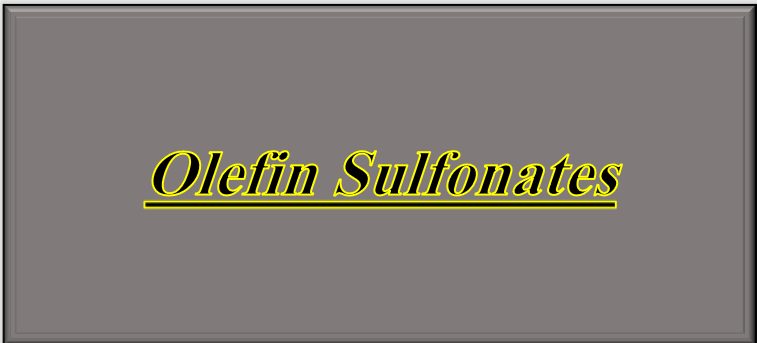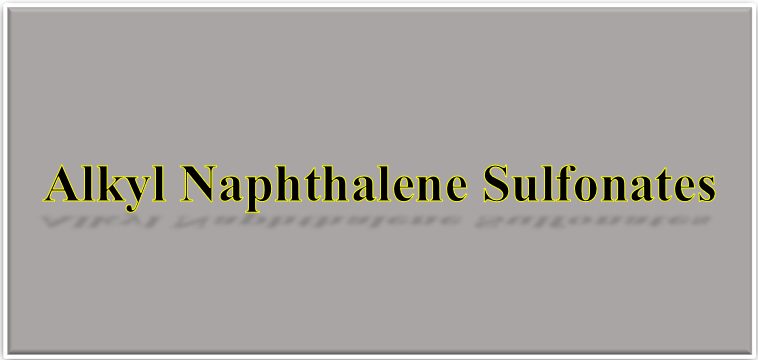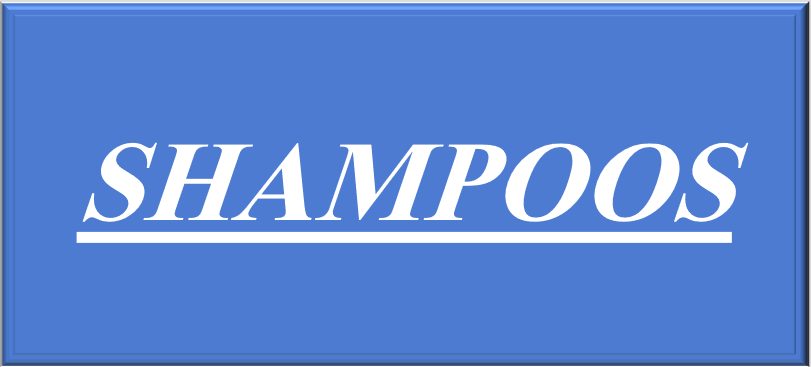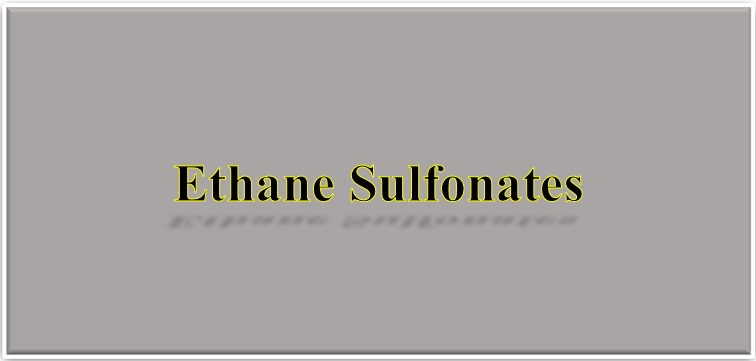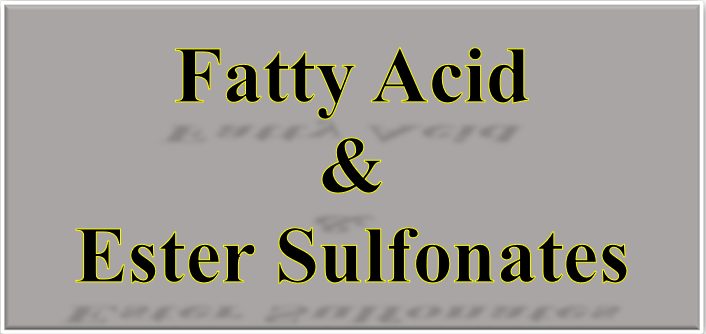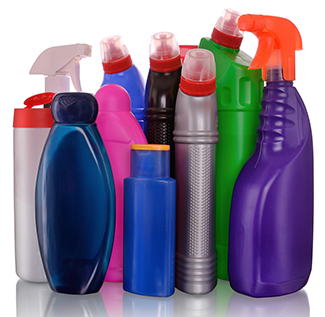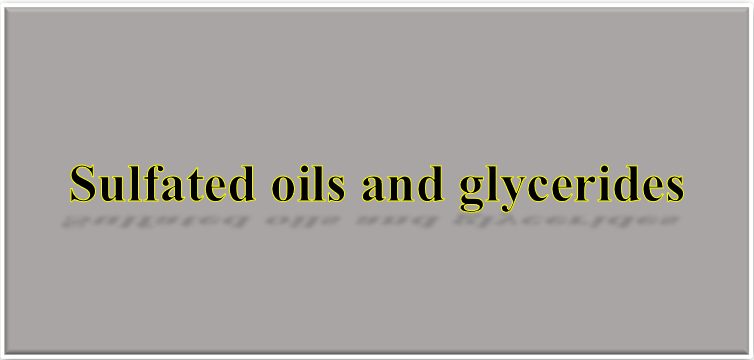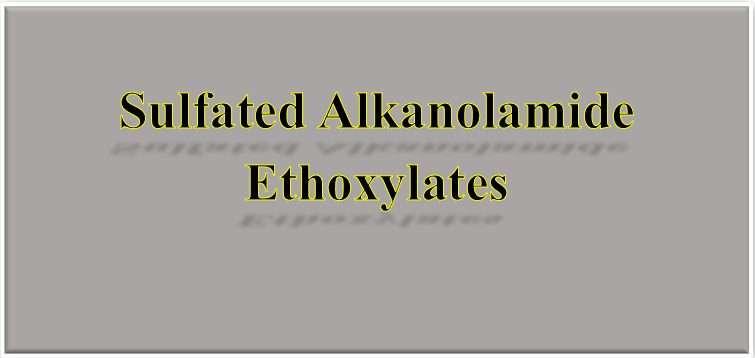General names & Abbreviations
ABS, alkylbenzene sulfonates, LABS, linear alkyl benzene sulfonates, DDBS, dodecyl benzene sulfonic acid or sulfonate; LAS (not often used but occurs in old references, not to be confused with paraffin sulfonates or alcohol sulfates).
Description
The empirical formula of a sulfonate can be expressed as RC6H4SO3–M+ where R is a linear hydrocarbon in the range C9-C15 and M is an alkaline metal ion or an amine derivative. The two major products produced worldwide are where R = C9-C14, known as broad-cut alkyl benzene sulfonic acid, and R = Cl0-C13, known as narrow-cut alkyl benzene sulfonic acid. The free acid is quite stable and also freely available, it has the advantage of reduced transport costs (as it is 100% active) and reduced storage as the salts can easily be made in situ. The most common salt is the sodium. It is usually used as a 30% aqueous solution. The 95% flake form is available.
There are the following variations in alkyl groups and isomers:
1. Variation in the length of the chain, C8 up to C15.
2. Substitution of the benzene ring in different positions, 2-phenyl, 3-phenyl
and 4-phenyl; 25-30% of the 2-phenyl alkane is produced using aluminum chloride as a catalyst with the amounts of 3-, 4-, 5-phenyl isomers decreasing steadily from about 22% to 15%, respectively; 15-20% of 2-phenyl alkane is produced using hydrogen fluoride as a catalyst with the rest of the isomers distributed fairly evenly. On sulfonation, these isomers are retained and the two different alkylation catalysts give what is now known as high 2-phenyl content and low 2-phenyl content sulfonates.
3. Variation in chain branching. Branched hydrocarbons are now very rarely used in Europe, United States and Japan because of poor biodegradability.
4. Linear narrow or broad cut (based on linear narrow or broad-cut alkylate derived from linear cracked olefins (wax cracking) or from linear olefins by polymerization of ethylene). These variations can affect physical properties, e.g. solubility and functional properties to varying degrees.
The sulfonation is usually shown as
RC6H5 + SO3– —> RC6H4SO3H
However it is more complex, and side reactions occur. These side reactions give by-products that can affect the properties of the finished product.
Excess SO3 is invariably used in practice to reduce the unreacted alkylate to a minimum. This excess SO3 forms a disulfonic acid and an anhydride. These products can be removed by:
1. Ageing. The disulfonic acid reacts with unreacted alkylate.
2. Hydrolysis. The presence of water will hydrolyze the disulfonic acid, the anhydride and any oleum.
There can also be small quantities of sulfones, tetralin and indanes which will be found in the unsulfated material (or free oil). The amount of tetralin in the alkylate is determined by the catalyst used for its manufacture. Aluminum chloride gives considerably higher tetralin concentrations than does hydrogen fluoride.
General properties
General
The surfactant properties are mainly influenced by the average molecular weight and the spread of carbon number of the alkyl side chain.
Solubility
The acids are soluble in water and soluble/dispersable in organic solvents. However, on dilution with water the acid will form a high-viscosity liquid or a gel between 30 and 80% acid in water. For salts, see Table 1. As broad-cut acids give better sodium salt solubility, higher active concentrations can be made (typically 32%), with lower viscosities than when using narrow-cut acid (typically 25%). TEA salts are more soluble in water (50-60% active) than sodium (30% soln max). Calcium and isopropylamine salts have better solubility in hydrocarbon solvents than the sodium salts. Increased solubility results in lower cloud points and less response to salt. The cloud point can be lowered by addition of urea, sodium xylene sulfonate or alcohol. Solubility and cloud points of the aqueous salts depend upon the solubility of the sulfonate and hence upon the hydrophobic group, i.e. length of chain, solubility decreases with increasing chain length; 2-phenyl content, the higher the 2-phenyl content the more soluble the LABS.
| Sodium | Isopropylamine | Calcium | TEA | |
| 10% in water | S | D | D | S |
| 10% in ethanol | S | S | S | S |
| 10% in mineral oil | I | S | S | I |
| 10% in white spirit | I | S | S | I |
| 10% in aromatic solvent | I | S | S | I |
| 10% in perchlorethylene | I | S | S | I |
Chemical stability
Resistant to hydrolysis in hot acid or alkali. The acids evolve heat on dilution with water and generate hydrogen on contact with some metals (e.g. zinc).
Compatibility of aqueous solutions to ions
Completely ionized and the free sulfuric acid is water soluble so the solubility is not affected at low pH; calcium salts are precipitated from solution but in the presence of non-ionics the active content is not reduced even at high hardness levels; sodium salts are reasonably soluble in the presence of electrolyte (salt and/or sodium sulfate).
Functional properties
Wetting: C11-C13 is optimum; good wetting is dependent upon concentration; 0.5% solution of sodium salt necessary to obtain less than l0 s on Draves test.
Foaming: in blends with AES, optimum foam stability (not Ross-Miles which measures flash foam) is at C11-C12.
Detergency: C13-C14 is optimum.
Disadvantages of LABS
LABS used on its own for personal care gives severe defatting action on the skin; sodium salts need builders or sequestrants in hard water for stability.
Applications
General
Used in practically all detergents, domestic and industrial, where heavy-duty performance is required.
Heavy-duty clothes-washing detergents
Powdered detergents both high and low foam; C13-C14 used in free-flowing powders; liquid detergents both high and low foam; C9-Cll gives best solubility; also high 2-phenyl content.
Light-duty detergents (washing up liquids, hard surface cleaners)
Broad-cut acids give better solubility so give high actives with lower viscosities than narrow-cut; narrow-cut, low active detergents with high viscosity; broad-cut, high active detergents with low viscosities, high 2-phenyl content, medium to high active detergents (due to better solubility); low 2-phenyl content, low active detergents (poorer solubility than high 2-phenyl).
Industrial detergents
Commercial laundries, vehicle washing where considerable foam is required.
Plasterboard manufacture
Foaming agent for plasterboard due to stability to calcium ions.
Emulsifying organic non-water soluble materials
Isopropylamine salt used as oil soluble emulsifier for solvent degreasers, hand gels, emulsion cleaners and dry-cleaning charge soaps.
Agriculture
In conjunction with non-ionics, calcium salt is used for agricultural herbicide formulations with self-emulsifying properties.
Cellulose and paper industry
Pulp washing agents; dispersing agent for dyes.
Textiles
Washing of fabrics; dye dispersing agents.
Solubilizer
Isopropylamine derivative added to fuel oil to solubilize traces of water.
Emulsion polymerization
Emulsifying agent for vinyl acetate/acrylate copolymerization.
Detoxifying action of other surfactants
Improved skin irritation by addition of sulfosuccinates, sarcosinates or amphoterics.



